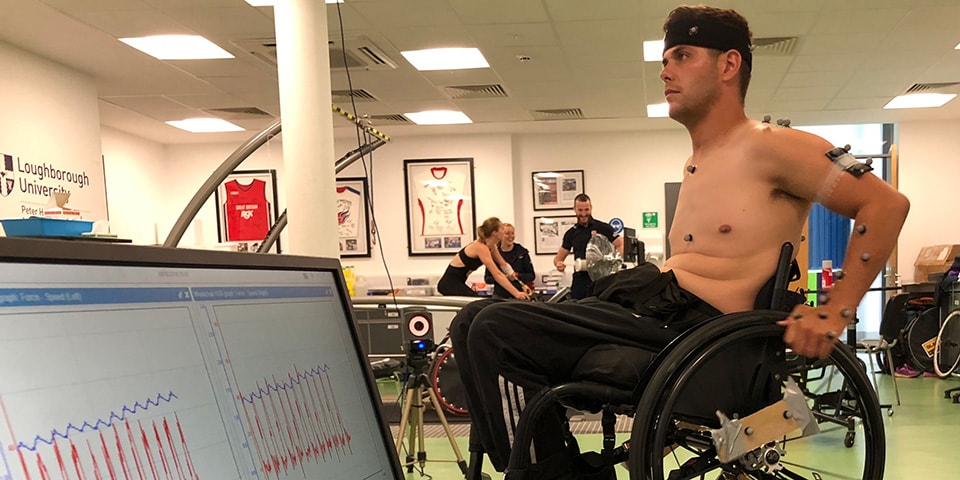Propulsion Biomechanics and Shoulder Health of Wheelchair Athletes
Overview
Many people around the world rely on a wheelchair to maintain independence, health, wellbeing and participate in sports. However, the use of a wheelchair for both everyday life and during sporting activities may increase the risk of upper limb pain especially shoulder pain. An important factor that may increase or decrease the risk of shoulder pain development is how an athlete propels these wheelchairs. At present it is unclear which biomechanical factors of wheelchair propulsion contribute to risk especially in athletic wheelchair users. The aim of this work is to to investigate the biomechanical factors of both every day and sports wheelchair propulsion in relation to shoulder pain. The focus of this work is to answer the following research questions:
- Do biomechanical differences in everyday wheelchair propulsion exist between athletic and nonathletic wheelchair users?
- Which personal, wheelchair or biomechanical variables of everyday propulsion can distinguish between wheelchair users with varying levels of shoulder pain?
- Is there a relationship between alterations in the identified biomechanical characteristics and alterations in shoulder pain over a longitudinal period?
- What is the effect of wheelchair type (everyday vs sports specific) and speed on wheelchair propulsion biomechanics?
- What is the effect of an intermittent sprint protocol on the biomechanics of submaximal and maximal propulsion?

Findings
Firstly, we have found that although athletic wheelchair users participate in more physical activity per week they adopt similar strategies to propel their daily living wheelchair. This means that, investigations of shoulder pain and everyday wheelchair propulsion do not need to distinguish between athletic and nonathletic wheelchair users. Secondly, having a smaller wheel diameter, a more extended elbow when in contact with the top of the wheel and a less posteriorly tilted scapular are moderately related with shoulder pain. Importantly, during propulsion wheelchair users with moderate pain displayed significantly lower variability of scapular motion between propulsion cycles compared to those without pain. One interpretation of this is that lower scapular variability may reduce the time available for tissues to recover between loading cycles increasing cumulative stress. However, the next stage is really interesting as we try to establish if this finding is a cause or consequence of shoulder pain and look into sports specific propulsion in more depth.